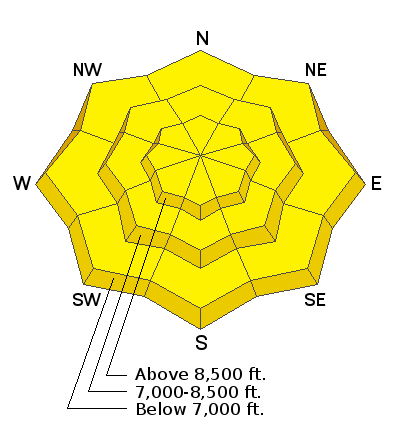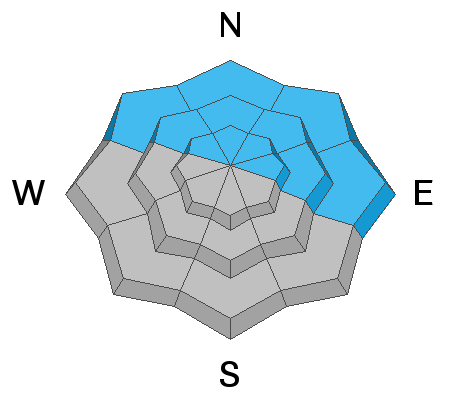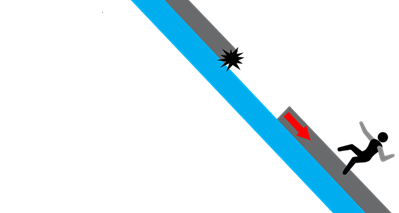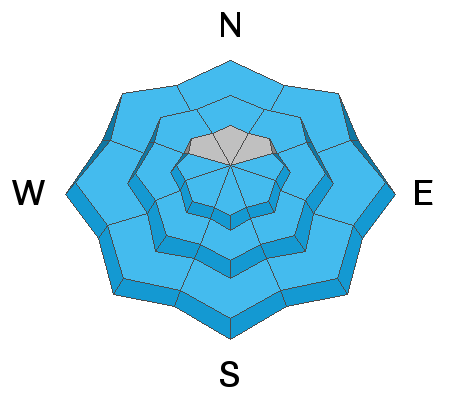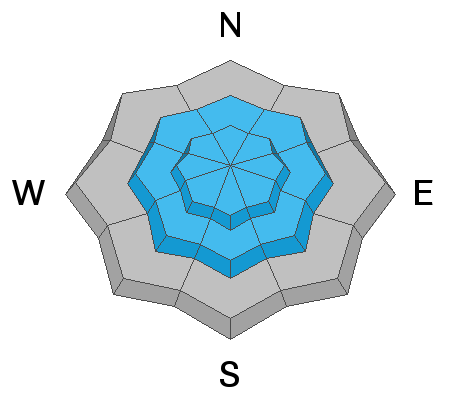Even though it has been over a week since the last reported significant avalanche in the Ogden area mountains; I would continue to exercise caution wherever the buried facets exist under a slab of more cohesive snow.
Human triggered avalanches 1-3' deep remain possible on steep northwest to north to east facing slopes of all elevations. You will probably trigger them from a distance.
We estimate the danger by looking at the likelihood, size, spatial distribution, and character, if you will, of the avalanche. For all intents and purposes, the size and locations haven't changed. What has changed is that these avalanches are more stubborn and less sensitive and - lacking immediate signs of instability (ie-cracking/collapsing) - will want to lure you out onto the steep terrain. Don't fall for it.
*Uncertainty. High uncertainty requires a wide margin for error.
- Know that you don't know. You won't know exactly when and where you will trigger the avalanche, but you will probably trigger it from a distance. These types of avalanches are Unmanageable.
- If you choose to ride suspect terrain, choose terrain that won't kill you if the snowpack disagrees with your assessment of it. Bashed through the trees, over a cliff and buried deeply in a gulley? No good.
- Be cognizant of runout zones. How far will the avalanche run if you trigger it from below? Do you know how to estimate runouts?
TRAVEL ADVICE - CHOOSE LOWER ANGLE SLOPES WITH NO OVERHEAD HAZARD.

